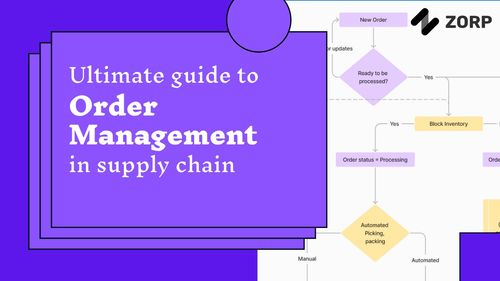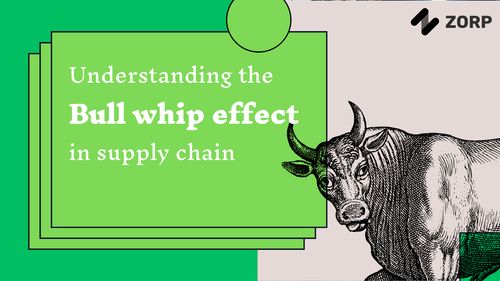Remember the last product you ordered from an ecommerce store. When you made the order, the ecommerce store went to their warehouse and someone picked all the items you’ve ordered, packed them and sent them to your house for delivery. Now, this is not always true but true in most cases.
This process of picking the product in different parts of the warehouse to pack an order is called the Warehouse Picking Process.
In this article, let’s have a look at the different types of Warehouse picking processes and how it typically works.
This post is part of a series of posts on Warehouse Operations. You can see the other posts here.
Contrary to popular belief, there’s no one way to arrange products in a warehouse. Different products are placed in different locations depending on what the company wants to automate. Few examples are stated below.
In locations like a dark store serving local customers, you would want to keep fast moving products closer to the dispatch location to improve the pickup time.
In larger locations like food warehouses, the items are placed together based on their type. Example, frozen items in one place, vegetables in another etc.
Large ecommerce players have a combination of different models depending on how fast products move, accessibility to vertical vs horizontal racks etc.
JIT is an interesting inventory management model where the product is only received in the warehouse when the customer order is expected to be picked up. This saves the inventory holding cost for the business.
Companies constantly keep innovating these different models to improve their bottom line.
Just like the inventory placement process, the inventory picking process also differs based on different factors. A few examples are given below.
Here, the picker moves around the warehouse and starts picking items for each order. They go around the warehouse looking for racks that have these items, pick all the items and bring them to the dispatch bay. This process is useful in smaller warehouses or fast moving dark stores where time to dispatch each order is critical.
Batch picking is when multiple orders are picked at the same time. The picker gets a list of say 10 orders at the same time. The picker goes around picking all the items needed for these 10 orders at the same time. This reduces the amount of time it takes to pick up all the items since the travel time is reduced. This process is used in large warehouses with multiple orders at the same time.
Zone picking is when each picker owns a specific zone in the warehouse, the picker picks up all the items they need for certain orders that are present in their zone and get it to the dispatch center. When products from multiple zones arrive at the dispatch center, they are then sorted and packed separately at the dispatch center.
This is especially useful in large warehouses where traveling across different locations leads to loss of time and resources.
Apart from these standard picking processes, there are few others like Cluster picking, Wave picking etc which are derivations from the above mentioned methods.
In this current day and age, most large warehouses expect to automate their picking process. This is through the use of Robotics and technology-assisted methods.
There are separate classes of robots that are good at picking in the warehouse. They go around different parts of the warehouse, pick the items and bring them to the dispatch location. These are useful in large warehouses with very frequent orders where the cost of the robots become lower than the cost of managing people.
A more commonly used automation is by providing the picker with a technology tool like a mobile app or a scanner to scan the products. The mobile app will be able to scan the QR code or Barcode of the product in the rack and help choose the right product.
The mobile application will do the following.
These simple application improve the efficiency of the picking process by over 70% by helping the pickers to do their work faster and more accurately.
In the next post, we will talk about Warehouse Packing Process that comes right after picking.



